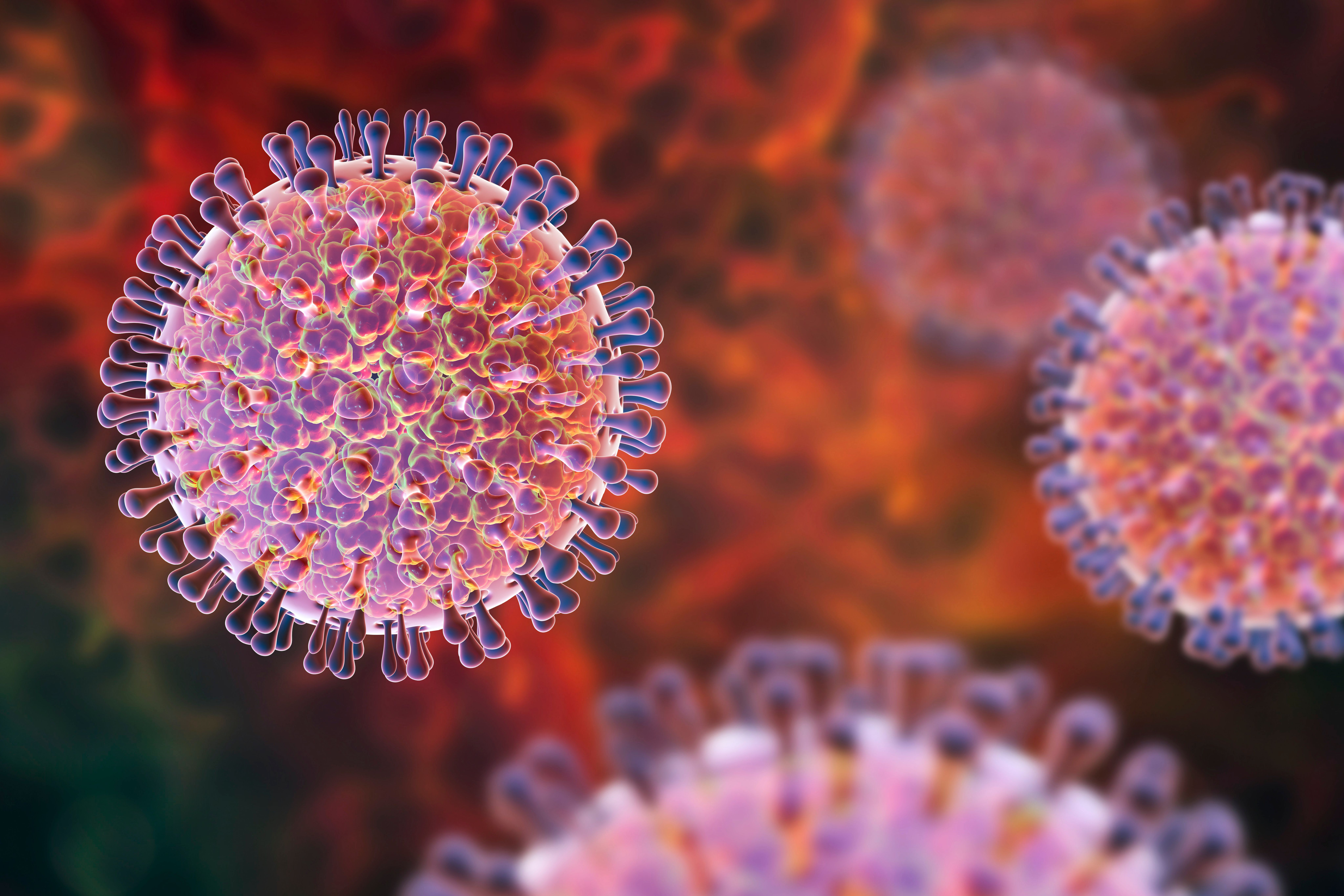Rotavirus-associated hospitalizations linked to subsequent autoimmune diseases in children
Investigators concluded that clinicians should be aware, for individuals with a prior rotavirus-associated hospitalization, of an elevated susceptibility to autoimmune disease in these patients.
Rotavirus-associated hospitalizations linked to subsequent autoimmune diseases in children | Image Credit: © Dr_Microbe - © Dr_Microbe - stock.adobe.com.

Results from a study recently published in JAMA Network Open demonstrated subsequent autoimmune disease in childhood is linked to rotavirus-associated hospitalizations.
A leading cause of morbidity and mortality in infants and younger children, rotavirus infection is linked to autoimmunity, according to study authors. Some children infected with rotavirus experience extraintestinal complications that can influence organs or whole-body systems. Existing evidence has suggested that infection can also trigger autoimmune diseases such as type 1 diabetes, pancreatitis, neuropathy, and celiac disease. Small sample sizes, controls, and study designs have been limitations in previous studies.
As a result, investigators completed a systematic literature search then analyzed a nationwide, population-based dataset. These individuals were investigated to determine the association of rotavirus-associated hospitalizations and subsequent autoimmune disease. The primary outcome of the study was childhood autoimmune diseases during the study defined by the National Health Insurance Database. Hazard ratios (HRs) with 95% CIs for autoimmune diseases were estimated using a Cox model.
The population-match study featured data from children and adolescents in South Korea, using registers from January 1, 2002, to December 31, 2017. After exclusions, the study included 86,517 individuals under 18 years in South Korea (born in South Korea from 2002-2005) in the exposure group (hospitalization for rotavirus infection) and 86,517 in the unexposed group after 1:1 incidence density sampling. At diagnosis of rotavirus-associated hospitalizations, the median age was 1.5 years (0.9-2.7) and 49,072 individuals were male (57.0%).
Follow-up occurred in all individuals from the index date until the first diagnosis of an autoimmune disease, the end of the study (December 31, 2017), or death, whichever occurred first. The first year of follow up was excluded from the analysis, reducing probabilities for reverse causality and surveillance bias.
In the exposed group, the HR for autoimmune disease was 1.24 (95% CI, 1.19-1.28) for 12.1 (3.2) years mean follow up time. 7589 (8.8%) individuals in the exposed group were newly diagnosed with autoimmune diseases in this time frame (incidence rate, 73.1 per 10,000 person-years). In the unexposed group, 6095 of 86,517 individuals (7.0%) were identified with newly diagnosed autoimmune diseases (incidence rate, 58.0 per 10,000 person-years). These results correspond to an absolute difference of 15.1 per 10,000 person-years (95% CI, 12.90-17.29 per 10,000 person-years).
According to authors, the exposed group had a “significantly greater risk for autoimmune disease (HR, 1.24; 95% CI, 1.19-1.28).” Higher rates for each of the 9 major groups of autoimmune diseases (inflammatory arthritis, connective tissue disorders, vasculitis, and diseases of the endocrine, skin, digestive, hematologic, nervous system, and others) were associated with rotavirus-associated hospitalizations. Inflammatory arthritis (HR, 1.36; 95% CI, 1.25-1.48), nervous system disease (HR, 1.29; 95% CI, 1.04-1.60), connective tissue disorders (HR, 1.29; 95% CI, 1.08-1.55), endocrine diseases (HR, 1.28; 95% CI, 1.17-1.40), and vasculitis (HR, 1.20; 95% CI, 1.12-1.29) were notable associations revealed in the population-matched analysis.
Rotavirus-associated hospitalizations were associated with an increased risk of subsequent autoimmune disease when the use of “more stringent definitions for exposure and outcomes in a multivariable stratified analysis” were used (HR, 1.22 [95% CI, 1.16-1.28]). In addition, rotavirus hospitalizations were related to multiple autoimmune syndromes, revealed in the sensitivity analysis. Two or more autoimmune syndromes revealed HR, 1.20 (95% CI, 1.16-1.24) and 3 or more revealed HR 1.79 (95% CI, 1.18-2.72). Higher risks for autoimmune disease in a dose-dependent manner was also associated with the number of rotavirus-associated hospitalizations; “single hospitalization event: HR, 1.20 (95% CI, 1.16-1.24); multiple events HR, 1.60 (95% CI, 1.49-1.72).”
A significant association between rotavirus hospitalizations and subsequent autoimmune disease amid childhood was demonstrated in the study. Investigators concluded that clinicians should be aware, for individuals with a prior rotavirus-associated hospitalization, of an elevated susceptibility to autoimmune disease.
Reference:
Ha EK, Kim JH, Cha HR, et al. Rotavirus-associated hospitalization in children with subsequent autoimmune disease. JAMA Netw Open. 2023;6(7):e2324532. doi:10.1001/jamanetworkopen.2023.24532
Trendy gluten-free diets can lead to nutritional consequences
February 2nd 2024Gluten-free meal plans can be a critical treatment option and necessity for those with celiac disease. But for children with no medical conditions or restrictions? A gluten-free diet should not be the mainstay diet.